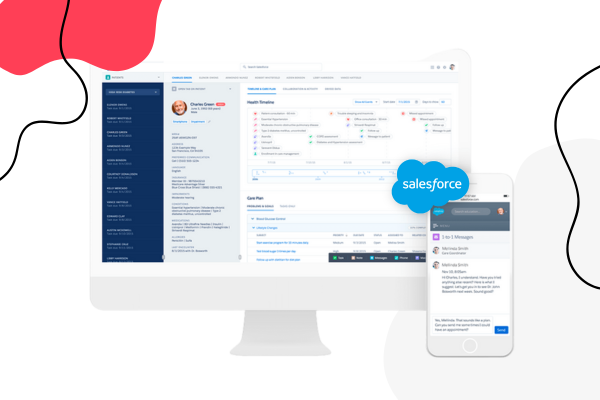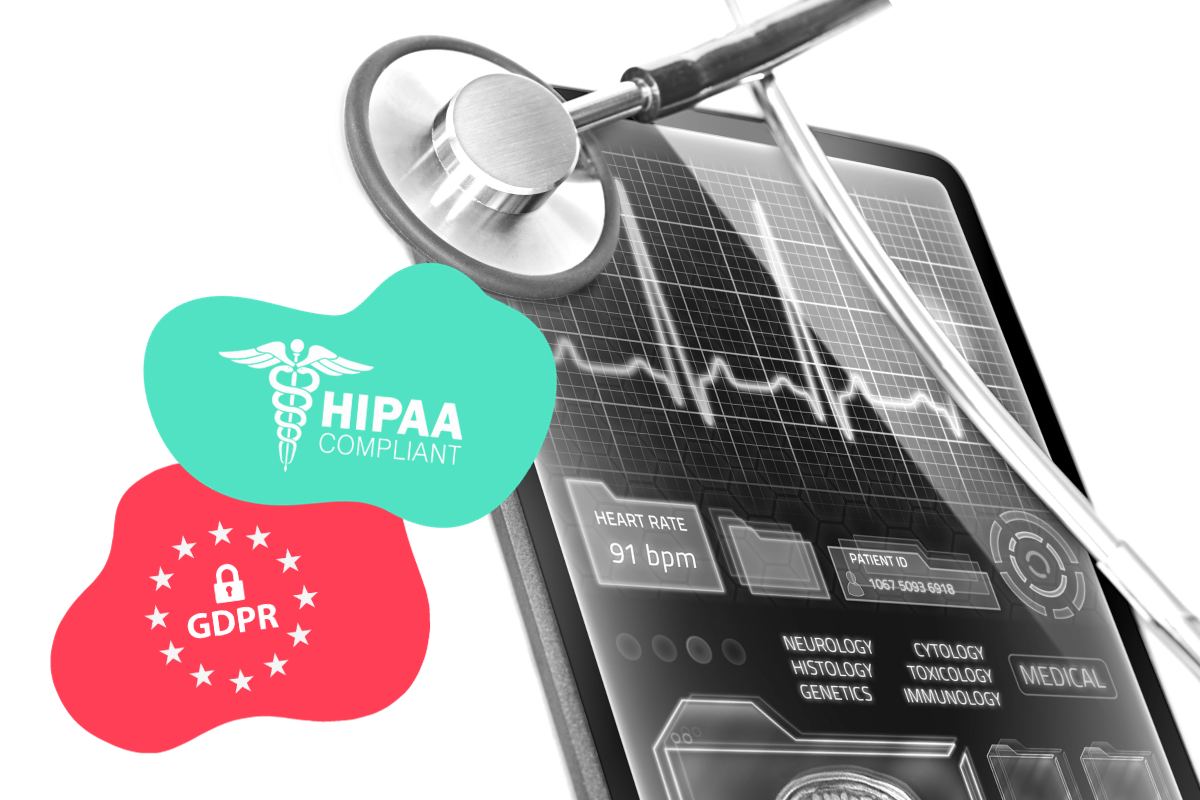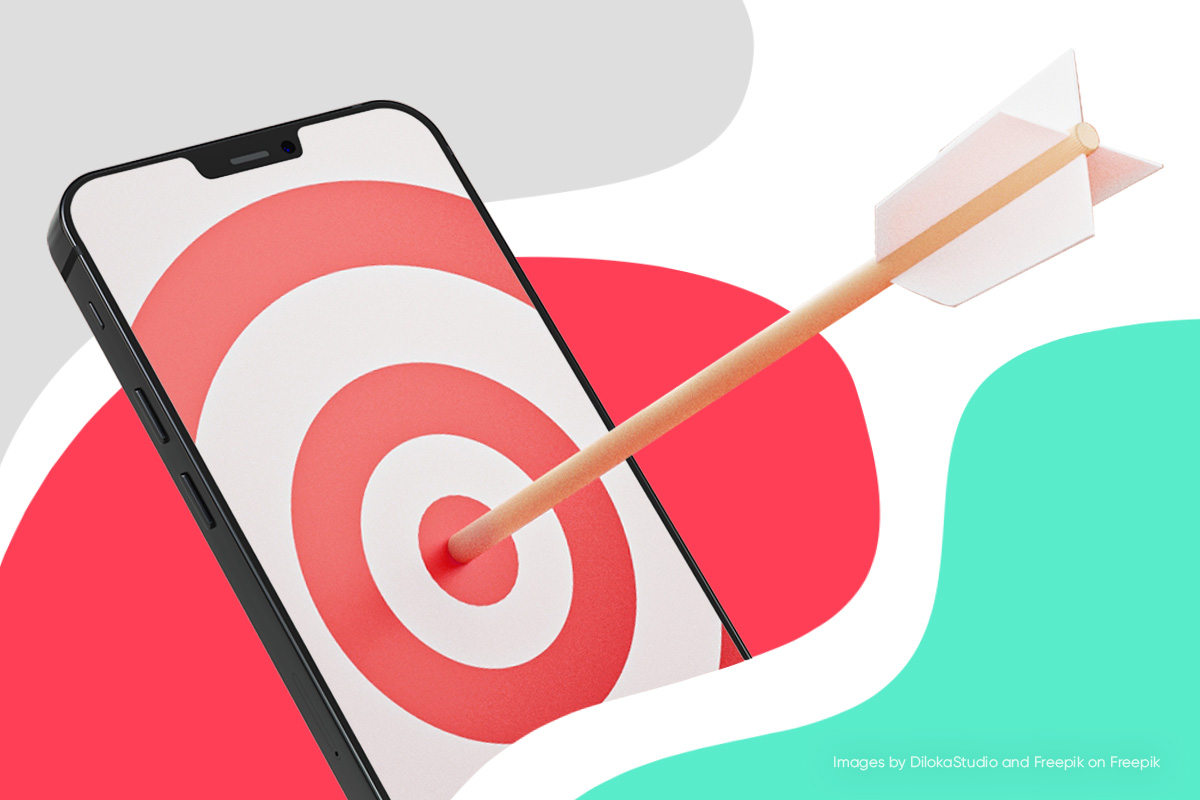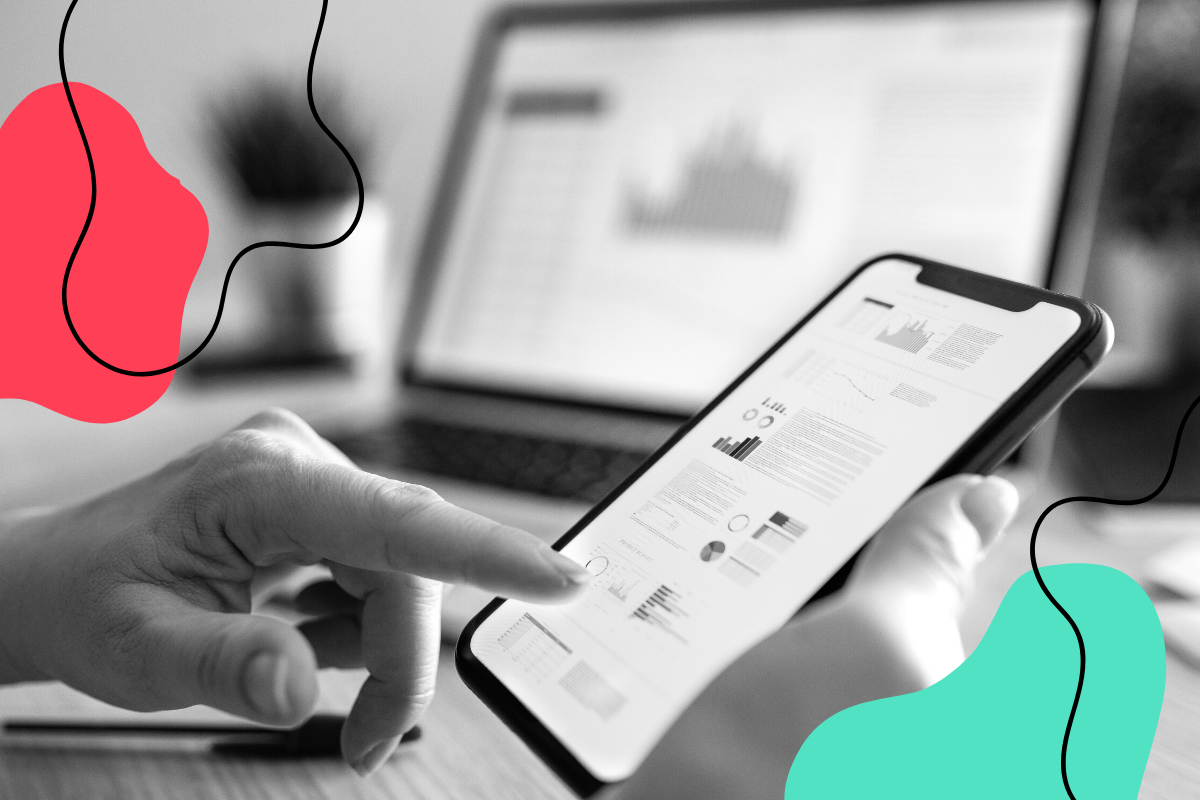AI and Machine Learning: Where are the gaps in HealthTech?

AI and Machine learning are slowly redefining everything we previously knew and used to do, no matter what industry or field we’re discussing. These modern technologies can alter the responsibilities and the need for a human workforce; in some cases, they can replace it entirely. But what’s the case in healthcare? Should we expect AI technology to take over the medical field as well? Well, we have some doubts. It brings some intriguing transformations we need to keep an eye on, but some significant gaps seem almost impossible to bridge.
Collaboration between engineers and clinicians
Great minds think alike – but they should think more than alike when building a digital healthtech product using AI and machine learning. When patients’ lives and well-being depend on a modern technological solution, engineers must involve trusted and experienced clinicians who will actually use it. In a HealthTech project, you must define clear roles from the very beginning to ensure everyone sticks to what they do best. Communicating with clinicians on the ground makes the product authentic and easily adaptable, and the developer team should rely on their experience instead of their own. Collaboration is key between the different players, and a project like this requires intense, day-to-day communication to reach the desired outcome.
Understanding the role of AI in patient care
There needs to be more clarity about what AI is supposed to be and what it is supposed to do. The expectations must be outlined: the tool’s developers need to understand that this piece of technology is only one component that has to fit into a larger picture. It’s to supplement only some of the processes and not necessarily to reinvent the wheel. The features of the digital tool also need to be determined by people working on the frontlines, as they are the ones who are intimately familiar with the decisions they’ll have to make when relying on this modern tool as a source of truth. It has to be incorporated into everyday practice at the point of care, so compromises have to be made.
Expectations and reality
There’s a big hype around AI and machine learning, and people expect massive shifts triggered by these technologies. It’s a constantly improving field full of untapped potential, but it would be a mistake to think that these tools can solve everything.
These technologies can be a tremendous help for physicians: they can support doctors to be more effective, give them more time to focus on real human interactions, and save time on administration and some less essential processes. In 2022, the biggest problem in healthcare is not the technology but the resource limits of doctors and caregivers, who are often exhausted and overworked. These tools should first address the actual problem: allowing physicians to spend more time with their patients and less time with administrative-based tasks that take valuable time from relationship-focused scenarios.
Humans vs. robots in healthcare 🤖
Computers don’t, and probably shouldn’t treat patients. Even in the age of technological advancements, we can’t replace human judgment and intuition. Doctors – who spent decades learning and gaining expertise – see their patients as human beings, not as engineering challenges to solve: at the end of the day, we need a human to deliver patient care. However, healthcare givers should use AI tools to make data-driven decisions, and everyone in the field should take advantage of them as they have an immediate, visible impact. Instead of replacing radiologists and cardiologists, AI tools need to empower them to be better, more meaningful, and more productive at their jobs. AI can also help raise everyone’s game, for example, the trainee’s who may need more time to be ready to take care of very complex patients or the seasoned clinician who’s been on call for two nights and is exhausted.
Learning and education
Physicians need to know what this new, AI-driven data tells them and understand more correlations than before. Supporting future generations of physician practitioners is crucial, so education must adapt to technological changes. Learning about tools like these became essential: taking the ABAIM Educational Certification is a great opportunity. This virtual course offers all healthcare professionals a 100% virtual educational certification on AI in medicine.
Conclusion
Recent studies show that AI is just as effective as clinicians in diagnostics, so we can only expect more and more developments and visibility for these tools. It’s time to think about implementing an AI strategy for your organization, but we suggest keeping the above information in mind to avoid unrealistic assumptions.
Check out the webinar we held with experts from the medical field, including Dr. Lynda Chin (Apricity Health), Dr. Anthony Chang (Children’s Hospital Orange County), Dr. Joann Elmore (UCLA), Lindsey Williams (Corylus Consulting) and our CEO, Bálint Bene. We discussed the gaps in the HealthTech space for artificial intelligence and machine learning.






